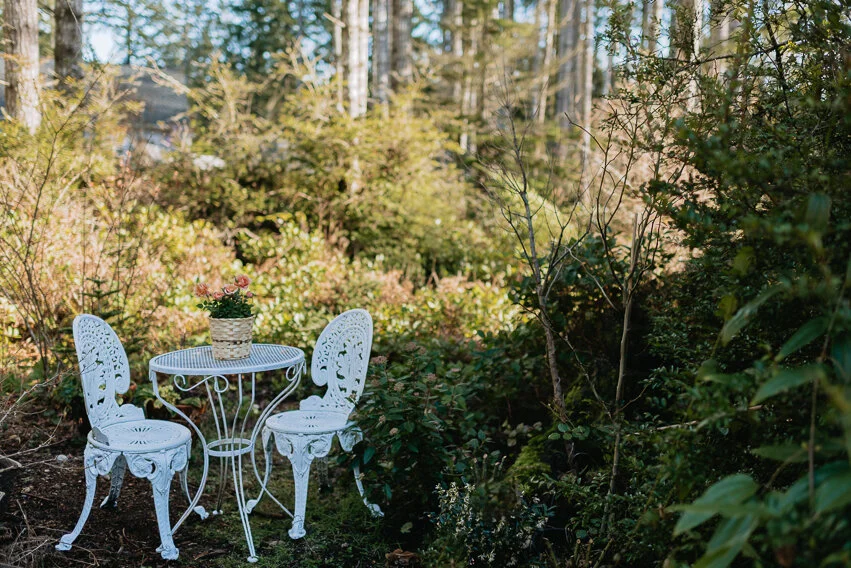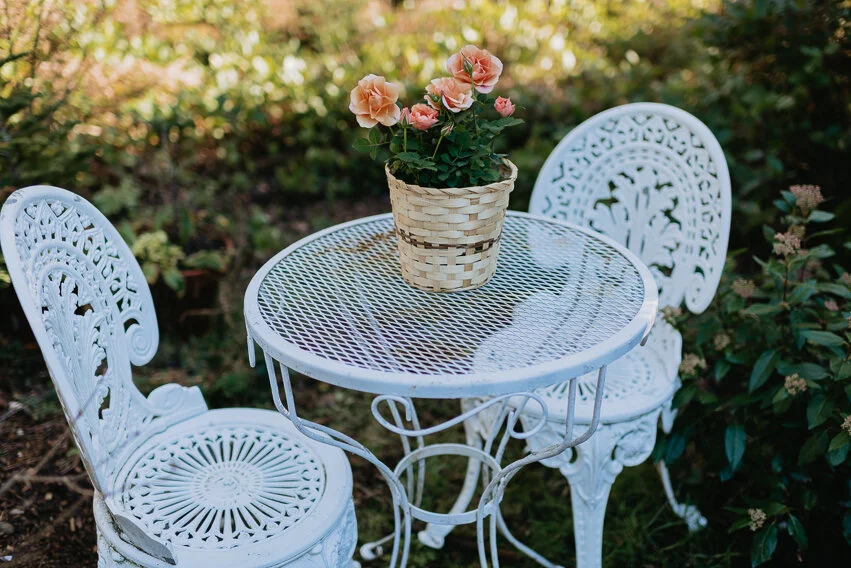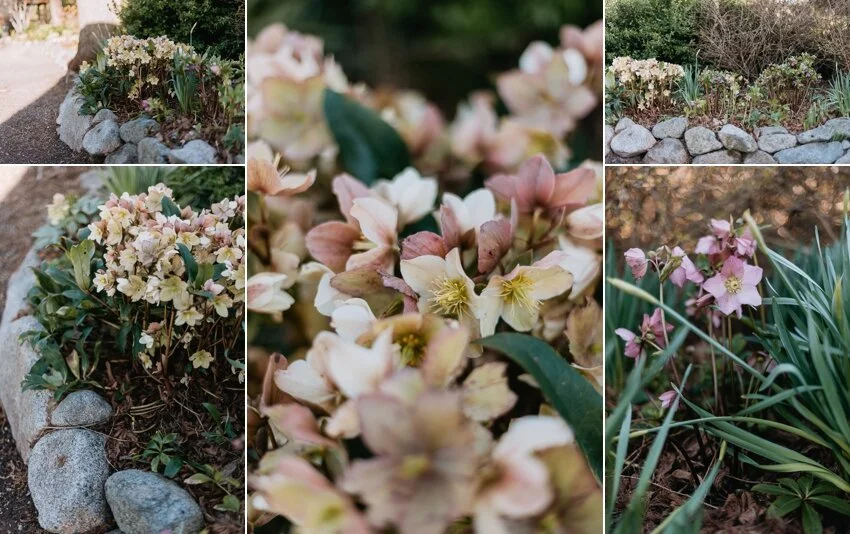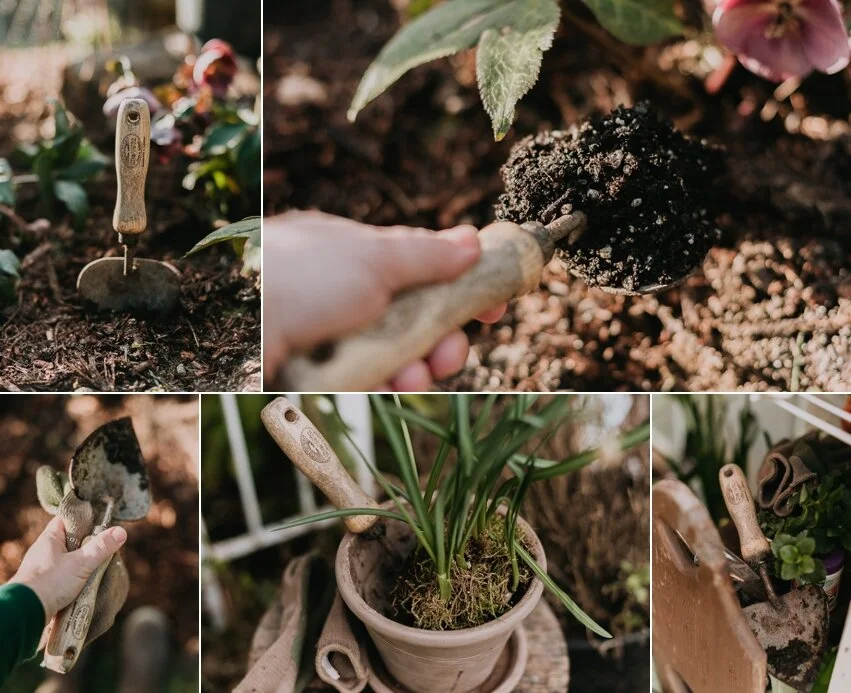
The Art of A Photo Series
PHOTO CHALLENGE | Take a set of images to create a series and choose the best 3.
Art’s significance changes in the presence of context. The way we perceive the voice within a work of art is likely to evolve. For example, when we learn about an artist’s background, their struggles, and beliefs. An unexpected title or caption can transform how we interpret the elements or story presented within an image, and even the basic act of placing one image adjacent to others can impute a work that may be unimpressive standing alone with extraordinary visual interest within the context of the collection.
Imagine the common but compelling photography project that documents the way a human face changes over time: A woman may take a photo of her face every week from age 18 to 81, and whether or not a single one of the portraits is remarkable or even proficient is almost irrelevant; it’s the series itself that draws us in, the way one face relates to the next. Furthermore, the mind is stimulated and rewarded when it identifies trends, patterns, or other links that unify similar – but non-identical – elements. As photographers, we can create a satisfying experience of visual associations for ourselves and our viewers in a number of ways, one of which is by creating a photographic series. A series of photographs allows the brain to process each image as a whole, and each set of images emphasizes several ideas, whereas a single image usually emphasizes just one idea.
For this theme, we’re looking at a series of 3, as we’ve explored extensively with the concept of micro to macro that has greatly helped us to practice this very thing. A strong opening shot will grab the viewer and commit them to studying the remaining images. You may not be able to consciously shoot images with several layers of meaning, but always keep an eye out for these layered pictures while shooting, then while you’re selecting and arranging the images for the story.
You, of course, want to start by identifying what your theme (main subject) is. It can be light, a tree, flowers, your bowl of soup, a person, book, a room, landscape, product, etc… As storytellers, a series can be an incredible way to isolate beauty within the monotony of daily life. If you’ve ever felt “bored” by the sameness of your subjects or settings, a series is an extraordinarily effective way to transform monotony into a powerful collection. Your every day is not as monotonous as it may seem; embrace the challenge of capturing a subject or ritual as consistently as possible, and you’ll have a new appreciation for how much life changes all around you.
Here are some tips that help to create a connection as you document a series:
Consider using the same angle. Perspective is powerful, and keeping it consistent in each image can replicate that feeling of familiarity. Look at each image on the left. Can you see my angle?
You can document the whole scene with various changes (weather, people, season) or you can create stand-alone images that feed into one another.
When searching for ideas, either choose a subject you’re familiar or passionate about or get to know your subject through as you explore and examine it through your lens. In either scenario, ensure your subject is accessible.
Integrate your daily life. The simplest way to document a series is to find it throughout your routine. What is common to you, is foreign to others. Each daily life and routine is completely unique to each person.
Identify parameters to maintain consistency. Variations will turn up in lighting, subject matter, and other various elements. These variations can make a photo series easily look disjointed or messy, so it’s really important to decide what common stylistic parameters will be used to define the series. A seemingly disparate set of images will often look like it belongs together if every subject is framed in a similar way, shot from the same perspective or light. Whatever your preference, choose something that will make the theme immediately identifiable at a glance. This point is most notable if you’re shooting at various times versus all at once, like the same tree through multiple seasons.
Each photo relates to the overall theme and really needs to tell a small part of a larger story. Each photo doesn’t have to have a big bang in visual terms, instead, it’s best to think of each one as a little glimpse that works best when the series is seen as a whole. However, it’s important to ensure they make sense individually and together.
Editing will hold equal visual importance in maintaining cohesiveness. Try hard to keep lighting as similar as possible, pay close attention to consistent color temperature, saturation levels, focal points, and the overall tone and feeling of the photos.





